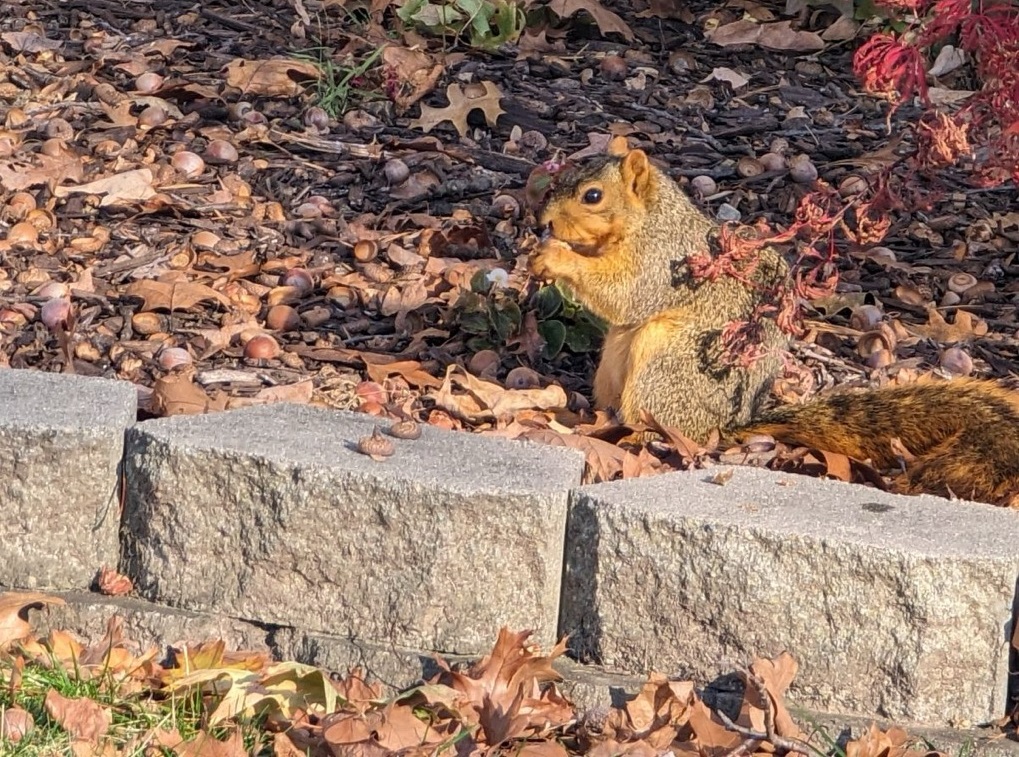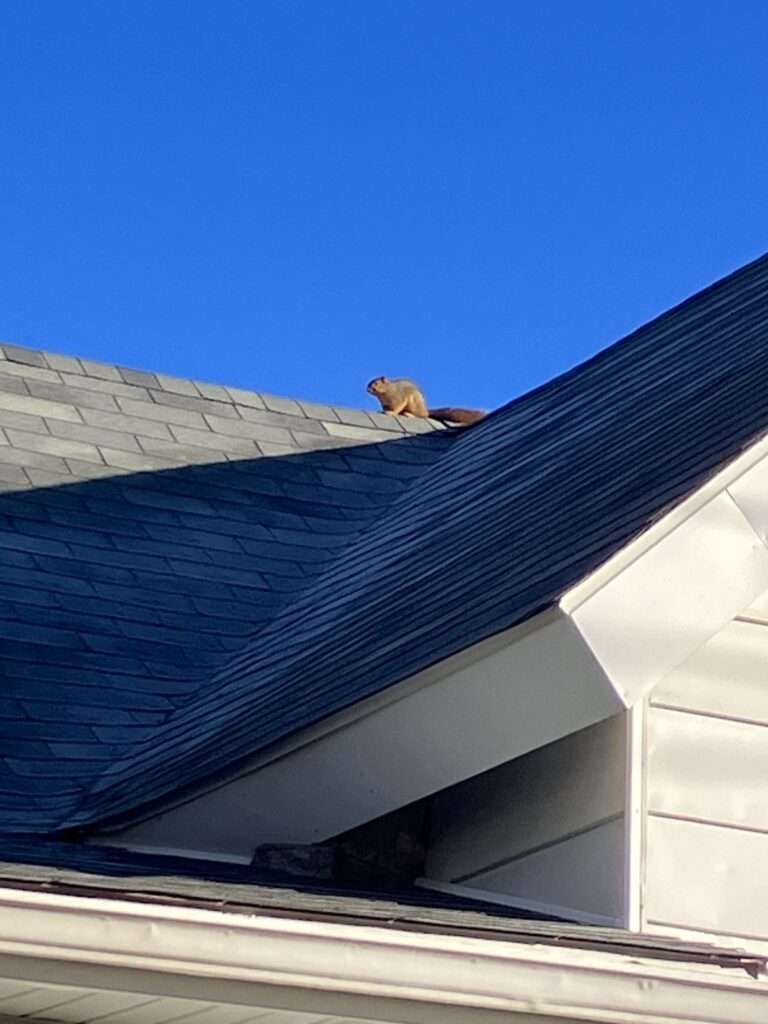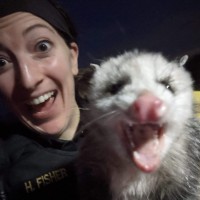
Gray and fox squirrels are the two species most commonly found throughout Indianapolis. These rodents frequently get into homes through loose boards or holes in roofing. Inside, a squirrels may chew on wires and wood trim, damage houses and belongings. Squirrels create many problems in Indianapolis, including the spread of fleas and ticks.
Squirrel Activity in Indianapolis
Squirrels enter attics for a variety of reasons. During the spring and fall, squirrels look for safe places to give birth and rear their young. They breed two times per year and have average litters of about three pups. Within eight to twelve weeks, these pups are weaned and independent. New home construction in Indianapolis disrupts natural habitats and can drive critters to find new places to live like attics, garages, and crawlspaces.
Squirrels in Woodruff Place
A homeowner in Woodruff Place started to notice more squirrels around their property. It is not uncommon to see squirrels activity to increase during the fall. Squirrels do not hibernate so they hoard nuts and grains to survive the cold Indiana winters.
Squirrel on the Roof

Not only can squirrels climb, but also they can jump three to five feet vertically and seven feet horizontally. So they can easily can access to your roof.
Squirrels on your roof can damage it sometimes requiring expensive roof repair. Squirrels running across your roof can damage roof shingles. Gutters provide nesting materials which can lead to drainage problems. Once they have access to your roof, squirrels only need a gap of 1.5 inches to gain entry through the roof. We find squirrel entry holes along fascia boards, on soffits, and through roof vents.
In this case, this Woodruff Place squirrel got into the attic and started building a nest. The nest included sticks, leaves, and cardboard form inside the attic.
Squirrel Trapping in Indianapolis
We used a cage trap in conjunction with an excluder. It is a one-way door that allows the squirrel to exit but prevents the return. Squirrel trapping solves the immediate squirrel infestation. Your home has already been shown to provide ample resources for squirrels. Without exclusion, you are still at risk for future squirrel infestations.
Once the critter was removed, we installed exclusions. The squirrel gnawed its way through a gable vent. We installed a screen for future squirrel control.

Photos and insights provide by Hannah Fisher, wildlife sales consultant.